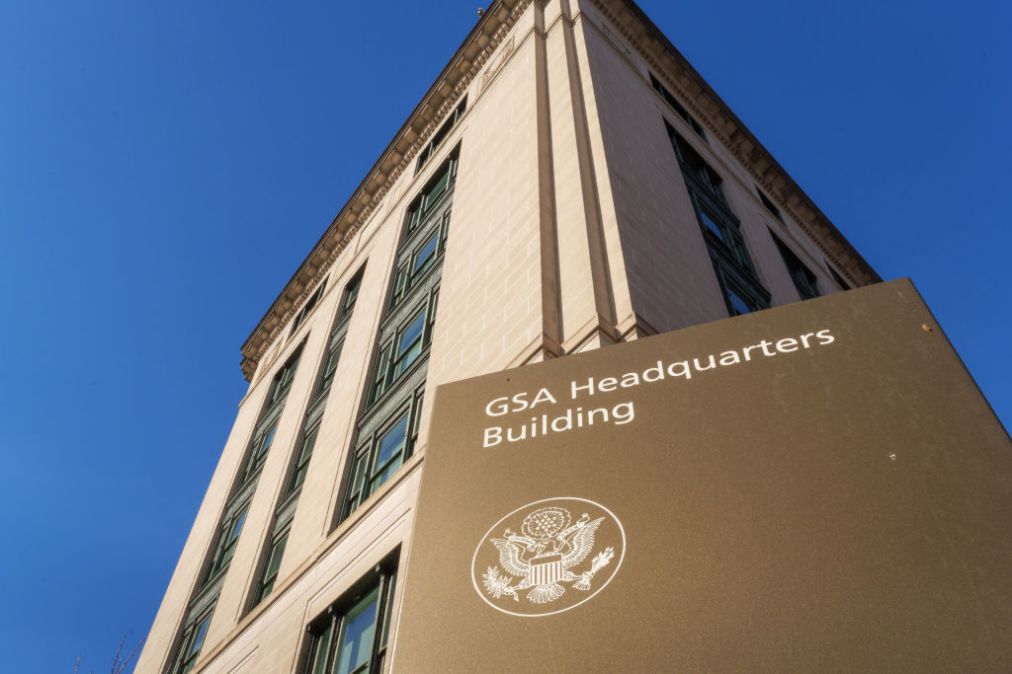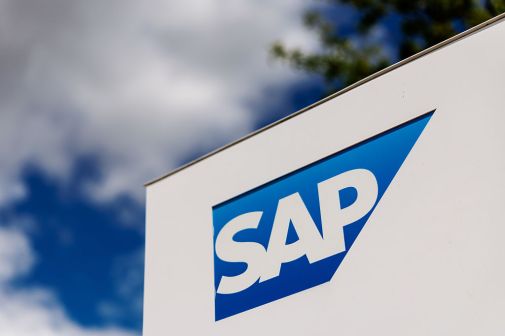GSA plans to ‘flip’ the role of tech resellers with OneGov strategy

As the General Services Administration looks to form direct relationships with IT manufacturers to bring better value to agencies through governmentwide deals under its OneGov strategy, it’s going to disrupt a staple of the federal IT acquisition ecosystem: value-added resellers.
A significant portion of federal IT contracting traditionally goes through resellers that provide software services on behalf of original equipment manufacturers that often don’t have the experience navigating or selling to the federal government. Those resellers, like Carahsoft, CDW-G and Iron Bow, however, specialize in that and provide additional services like integration, customization and support for commercial IT products.
“What we’re trying to do … by working directly with the manufacturers is flip that relationship,” Lawrence Hale, assistant commissioner of the Information Technology Category in GSA’s Federal Acquisition Service, said Wednesday during a webinar hosted by George Mason University’s Baroni Center for Government Contracting.
In going straight to OEMs for IT contracts — as GSA has done now with several vendors like Microsoft, Google, Adobe and Salesforce under its OneGov strategy announced in April — resellers won’t be eliminated. Instead, they can still serve as authorized partners or subcontractors to those IT manufacturers, Hale explained, whereas the opposite is often true today.
“We recognize that integrators and resellers play a valuable role in this,” he said.
Hale went on to add: “We’re not eliminating resellers. We’re simply restructuring how they participate. So under OneGov, while the contract may be with the OEM, there’s still a vital role for resellers and integrators to play as subcontractors, authorized partners, and that these businesses can continue to provide high-value services like onboarding, integration and training.”
That relationship will be “up to the OEM” and won’t be dictated by GSA, he said. “There’s not a one-size-fits-all.”
Hale said GSA has received “a lot of enthusiasm from the OEMs.” And the new model could, in fact, help displace risk for resellers, he explained.
“Today, the privity of contract is with the reseller. When there’s a problem … with the published product and cybersecurity issues, etc… we can’t go directly to the publisher. And is it fair to put small businesses in the position of having to answer to the government about potential vulnerabilities in a major manufacturer’s software when that small business is simply serving as a reseller? This clarifies that relationship, and small business can still have a role with onboarding, integration, training, etc.,” Hale explained.
While GSA is still very much in the information-gathering stages of the OneGov rollout, Hale said, much of that has been focused on understanding barriers for OEMs.
“We recognize that there are valid reasons why, in the past, the OEMs haven’t dealt directly with the government. We need to make it easier to get it on contract. We need to make our terms and conditions as close as possible to commercial terms and conditions, and simplify this process,” he said.
As for feedback from the resellers? “Not a lot,” Hale said. “I think there’s a lot of wait and see right now, and events like this give the [reseller] community some visibility into just what GSA is thinking and what the future might be. So I do think that… we are obviously open to feedback.”
Hale recognized that disruption can be hard, but good can come of it.
“It is somewhat disruptive,” he said. “Disruption could be a very positive force.”
By centralizing federal acquisition, with some exceptions, under GSA — starting with IT services and then expanding into other common areas — Hale explained that the OneGov strategy hopes to make good on the promise of past unified federal procurement strategies that haven’t hit the mark, like category management.
A first step on that journey has been understanding what agencies have been buying and the variation in prices they’ve been paying.
“We’ve worked with all 24 CFO Act agencies, and we’ve gathered the data on what they’ve been spending for the most common major software products, and the price variation is astounding,” Hale said. “And it’s not just that the bigger agencies get the better deal. It’s almost a random scattershot of pricing based on, I think, what a salesperson was able to get talking to a particular agency at a particular time.”
However, with OneGov, the intent is to go directly to the source “to get the volume pricing for the entire federal government in one place, on one contract, at one time, and that price will be available throughout the year,” he said.
“Right now, agencies are buying for themselves, but they’re, in many cases, all buying the same stuff,” Hale said. “They’re buying it through different contract vehicles at vastly different prices for the same goods and services. As we mature this process, as we get direct relationships with the OEMs, we’re going to literally be buying as one government.”






